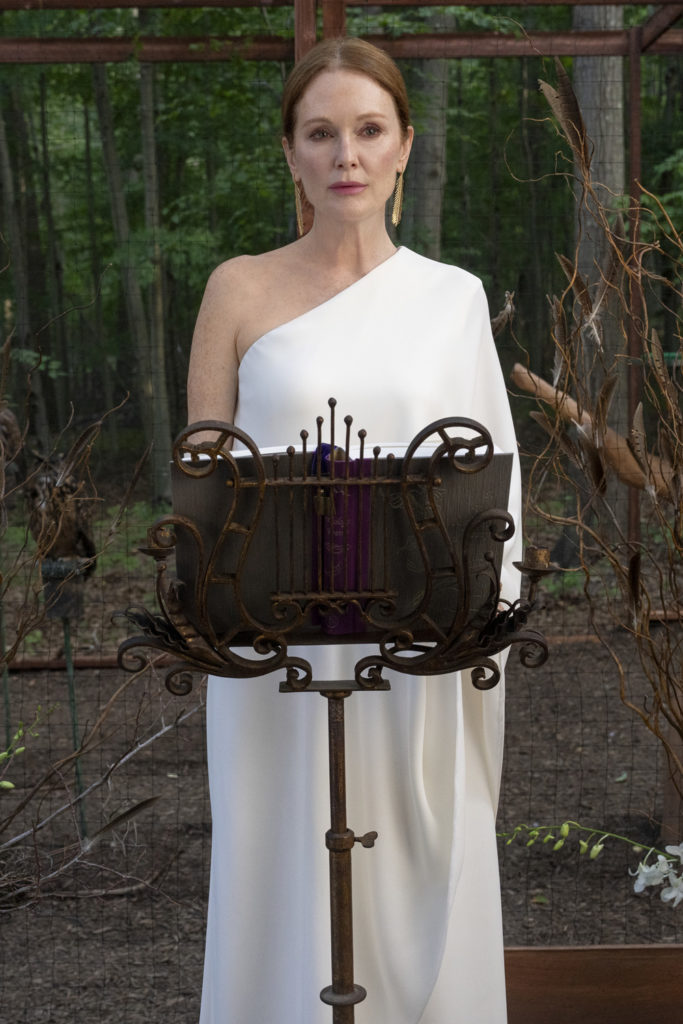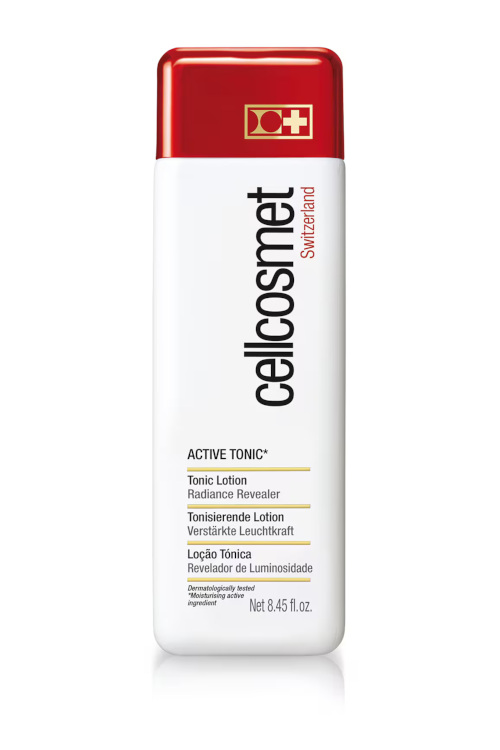Expert Tips for Self-Isolating Dogs and Owners
By
5 years ago
How to ensure your pup stays healthy and happy through lockdown 3.0

Whilst the ongoing pandemic has undoubtedly taken its toll on us humans, we mustn’t forget about its impact on our furry friends. Pet specialists Caroline Wilkinson and Dr Carri Westgarth share their top tips for self-isolating dogs and owners in light of the pandemic.
House & Hound: Designers & Their Dogs
In light of the government’s response to stay at home, most of us dog-owners are spending a lot more time with our pups. Back in March when the first national lockdown took place, The Times reported a record surge in animal adoptions, with many looking to welcome a special ‘lockdown companion’ to their home in view of the virus.
This doesn’t come as too much of a surprise. Self-isolation and spending more time at home might just be the perfect time to welcome a new dog into the family, whilst the positive impact of animals on our wellbeing means dogs are an ideal companion during these unprecedented times, ensuring a certain level of structure, comfort and joy.
In fact, Devonshire-based natural dog nutrition specialist Forthglade reveals that 57 per cent of owners cite their canine companion as a best friend, with 60 per cent stating that their dog helps them cope with stress and anxiety.
Yet amongst all this puppy love, social distancing and outdoor restrictions has meant that many self-isolating dogs and owners aren’t able to enjoy as much time outside as they might typically be used to.
Animal Behaviourist and co-founder of ‘Mindful Living and Our Dogs’, Caroline Wilkinson explains “we’re all adjusting to a very new world right now. Yes, even your dog is adjusting. They’re adjusting to their humans suddenly being more accessible and present in the home.” Now’s the time to enhance your pup-owner relationship.
“Don’t overlook the value of a routine”, she says. “Routines can offer a sense of security, particularly to anxious dogs. Aim to include any cornerstones of your usual routines that you can – being predictable when it comes to mealtimes, exercise, and bedtimes. While exercise time is restricted, think creatively when it comes to any mental enrichment you can also offer your dog. It’s so important we consider our dogs’ welfare – and our own sanity! – during the coming months.”
Caroline’s Top Tips for Keeping your Dog Happy at Home
Enjoy outside time when you can
Sunlight can help with the production of serotonin – a feel-good hormone – for us and our dogs! As we’re staying indoors for the majority of the day, really make the most of your outside environment if possible. Use your walks and garden space as a time to take your eyes off your phone and enjoy an adventure with your dog.
Focus on the basics
This is a great time to work on low-distraction behaviours with your dog. Things like ‘response to name’, recall from room-to-room in your home, or just games of tuggy, will all build up the value you hold in your dog’s eyes.
Alone time
While we’re lucky to get extra time with our dogs at the moment, we don’t want to end up with hyper-attachment issues once normality resumes. Make sure you spend a little time away from your dog each day – whether that’s giving them a solo activity to do in the garden (such as food scatters) or leaving them in the lounge for a snooze while you are in another room. If your dog seems to be getting more needy or they’re concerned about being left alone even for a few minutes, seek advice of a force-free behaviourist over the phone or online.
Use noise
This is a great time to be working on slow, steady exposure to different sounds our dogs might usually be a little uncomfortable with hearing. Download some sounds, such as fireworks, traffic, thunder, or airplanes. Start off with these noises played at really low volumes in your home while your dog is doing something super fun – like playing with you. Over the coming weeks, slowly build up the volume of the sound. If your dog acts fearful at any point, again seek out the help of a force-free behaviourist.
Fun Feeding
One way we can easily add some extra entertainment into our dog’s day is by changing how we feed them. Instead of putting all your dog’s food into their bowl, allow them to eat half from their bowl and then give them a way to earn the rest. This could be through food scatters in the garden, putting their food into a slow feeder or mat, or asking them to do some simple behaviours to earn it. Earned food is often better than free food!
Use your dog’s nose
Our dog’s noses are incredible tools and by using them to find food, scented items, or their favourite people or toys, we can raise the happy hormones in our dog’s brains. Try wrapping some tasty treats up in a towel for your dog to unravel. Or, have three containers and hide a treat under one, shuffle their positions and then ask your dog to find the treat-hiding container. Play hide and seek in your house – when your dog finds you, give them a game of tuggy or a treat as a reward.
The power of touch
As long as your dog is comfortable with being touched, stroking them or having cuddles can be mutually beneficial for both dog and owner. If you’re not sure if your dog does enjoy being stroked, try stroking them for three seconds and then move your hand away. If they move back in towards you for more, you know they were enjoying it. Touch creates another great feel-good hormone – oxytocin, which is the love and bonding hormone. While we’re socially distancing and unable to hug our human friends, hug it out with your dog.
Dr Carri Westgarth’s Top Tips for Maintaining a Happy and Healthy Pup
Dr Carri Westgarth, a senior lecturer in Human-Animal Interaction at the University of Liverpool, emphasises the impact of our dog’s happiness on our own health. “Spending time with our dog, and watching them having fun, is a vicarious pleasure for owners – it makes us happier!”, she says. “Daily allowed exercise and indoor playtime isn’t just for our dogs’ mental and physical health, it’s for our own wellbeing too.”
- If your dog isn’t used to relaxing on its own when you are around, anticipate the problem and give them something to do instead, like licking food out of an activity toy or a safe chew.
- Try to ignore your dog if they are pestering – any response (even negative or pushing them away) is a reward as you have given them your attention, even if you just look at them.
- Teach your dog that chilling out is rewarded by telling them that they are good and giving them attention when they are lying nicely in their bed, so that they do this more often.
- Create a visual signal which means you will not give them any attention whilst that can be seen – this helps with times that you may be working at home or speaking on the phone. Introduce a piece of fabric over a door, or clearly put an object in sight, such as a lamp on a table. Dogs will quickly learn that in that situation, trying to get attention will not be responded to, so not worth pursuing.
Featured image: Chewy on Unsplash
How to Avoid Coronavirus Anxiety / The Best Dog Walks in London





















